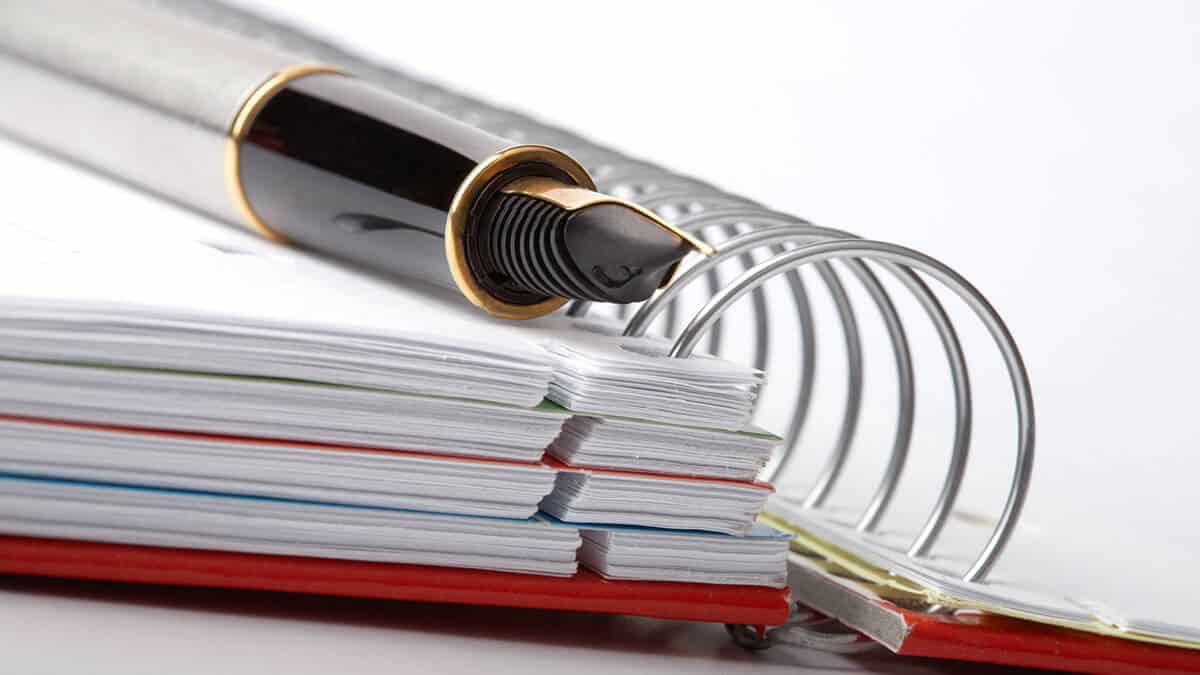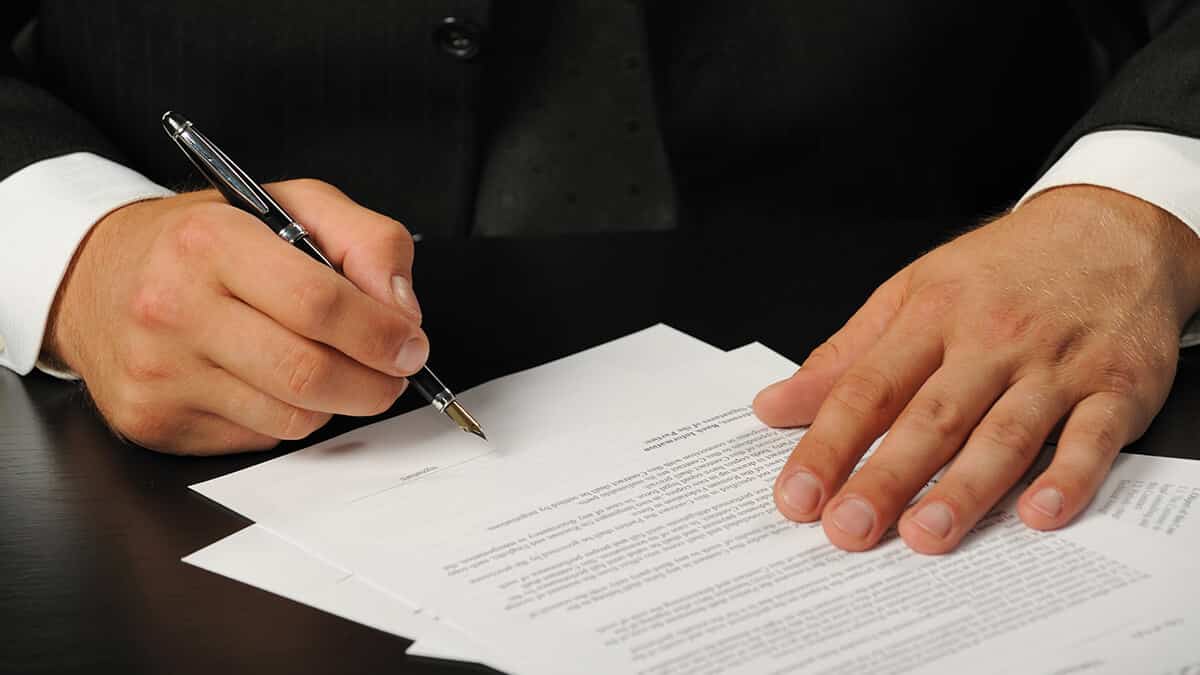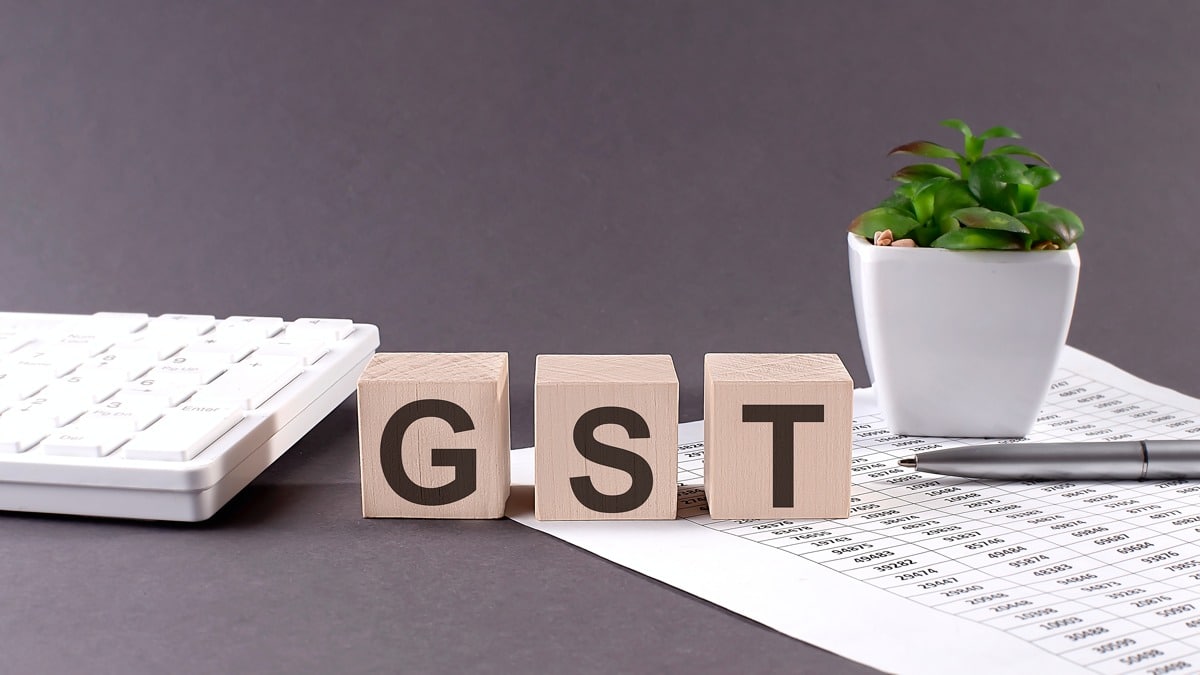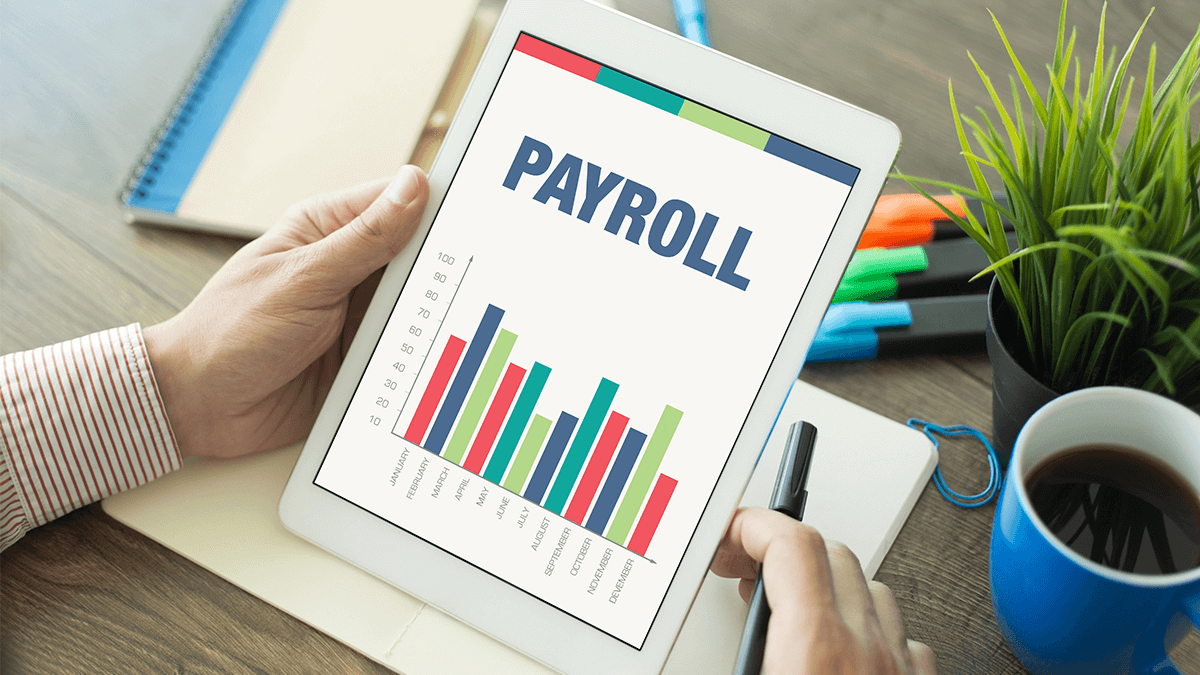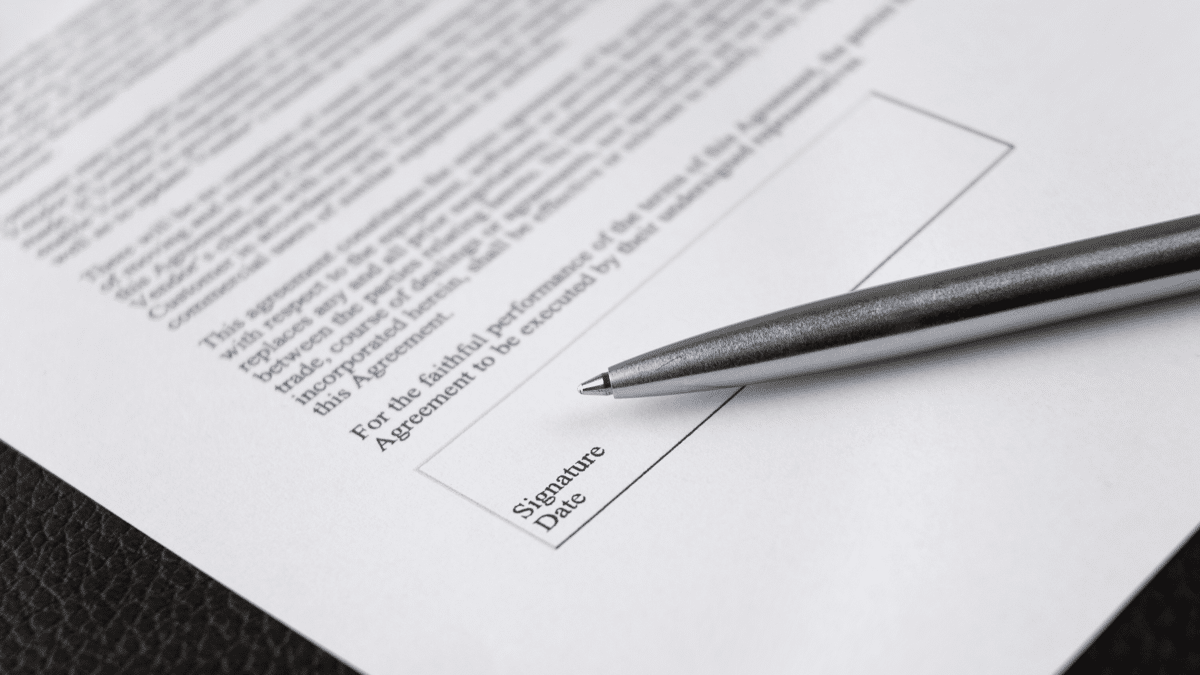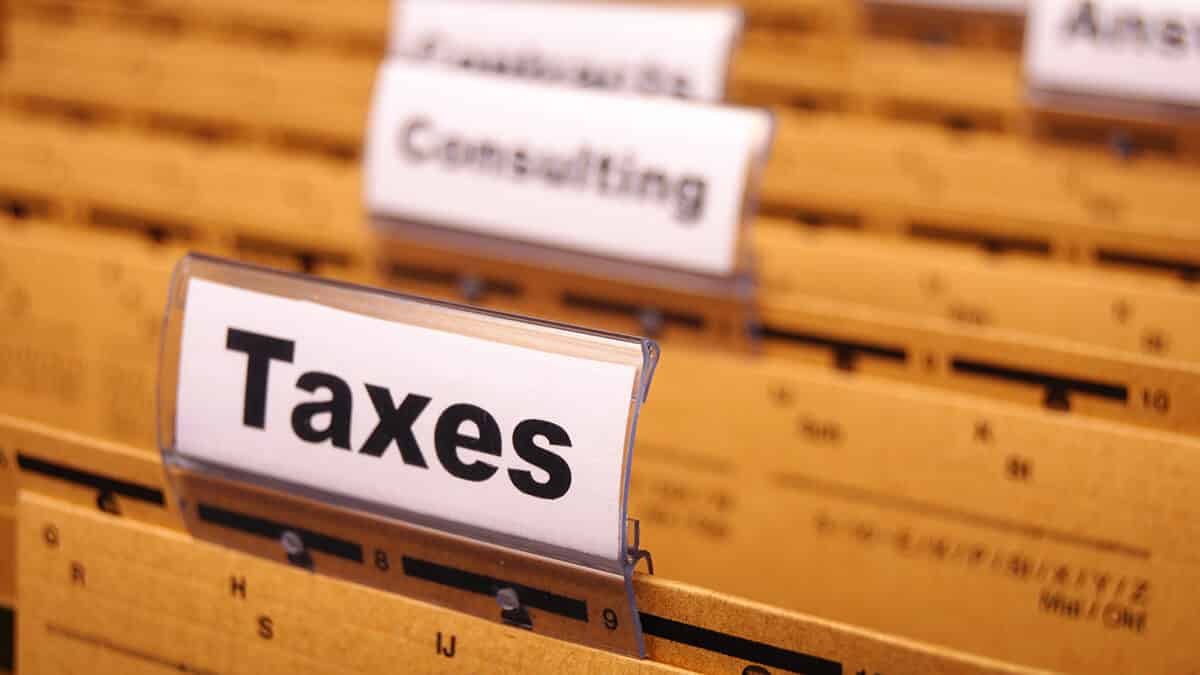In this guide
When you set up a self-managed superannuation fund, or join an existing SMSF, there’s a lot of paperwork involved. One of these mandatory tasks is the trustee declaration.
An SMSF trustee declaration is an Australian Taxation Office (ATO) document that summarises the duties and obligations of an SMSF trustee or director.
All members of an SMSF must be a trustee of their fund, or a director of the company if the fund is set up with a corporate trustee structure.
The reason for making trustee declarations mandatory is because SMSF trustees/directors are legally responsible for their fund’s compliance with superannuation legislation.
How is a trustee declaration different to a trust deed?
An SMSF trustee declaration is a document that each trustee or director of a fund must sign within 21 days of their appointment to indicate that they understand all their legal compliance obligations. The trustee/director appointment could be to a newly created SMSF or to an existing fund that the trustee/director has recently joined.
On the other hand, a trust deed is a comprehensive legal document that outlines how an SMSF will be set up and managed. The deed must be compliant with superannuation legislation and prepared when the SMSF is set up.
Who can be a trustee?
Individuals are eligible to be SMSF trustees provided they:
- Are over 18
- Do not have a mental disability
- Are not an undischarged bankrupt (or are not insolvent and under administration)
- Have not been convicted of an offence involving dishonesty
- Have not previously received a civil penalty under superannuation legislation
- Have not been disqualified by a superannuation regulatory body (such as the ATO or the Australian Prudential Regulation Authority).
Companies are eligible to be SMSF corporate trustees provided that:
- They have not been deregistered by the Australian Securities and Investments Commission (ASIC)
- They do not have any directors or other responsible officers who are disqualified individuals
- They have not had a receiver or provisional administrator appointed to manage their operations.
If you are eligible to be a trustee or director, you need to consent to your appointment in writing.
What’s covered in the trustee declaration
When you sign an ATO SMSF trustee declaration, you are indicating you understand key legal compliance obligations, including:
- Ensuring the SMSF satisfies the sole purpose test. All super funds (including SMSFs) must be set up for the sole purpose of providing retirement benefits to fund members (or to their dependants if any members die before retiring)
- Ensuring you will prepare, implement and regularly review the SMSF’s investment strategy. Trustees/directors must document an investment strategy as part of the SMSF set-up process
- The requirement to act in the best interests of all fund members at all times, even if there is a relationship breakdown
- The requirement that the fund’s assets must be kept separate from the personal use assets of trustees
- Ensuring that fund member contributions comply with superannuation legislation
- Ensuring that members only access their SMSF balance if they have met a superannuation condition of release (such as retiring after reaching preservation age, beginning a transition-to-retirement pension, or turning 65)
- Understanding the range of investment restrictions under superannuation legislation (such as restrictions on lending and borrowing money, or from making investments that aren’t arm’s length transactions conducted at commercial market values)
- Understanding their ongoing administrative, reporting and record-keeping responsibilities, such as submitting an annual return to the ATO
- Ensuring that an approved SMSF auditor is appointed to their fund each financial year. Approved auditors are registered with ASIC. An SMSF auditor is responsible for analysing the fund’s financial statements and assessing its compliance with superannuation law. They must report any non-compliance issues to all fund trustees and the ATO
- Ensuring that they make the ATO aware of any changes to fund trustees, directors or members within 28 days of the change occurring.





